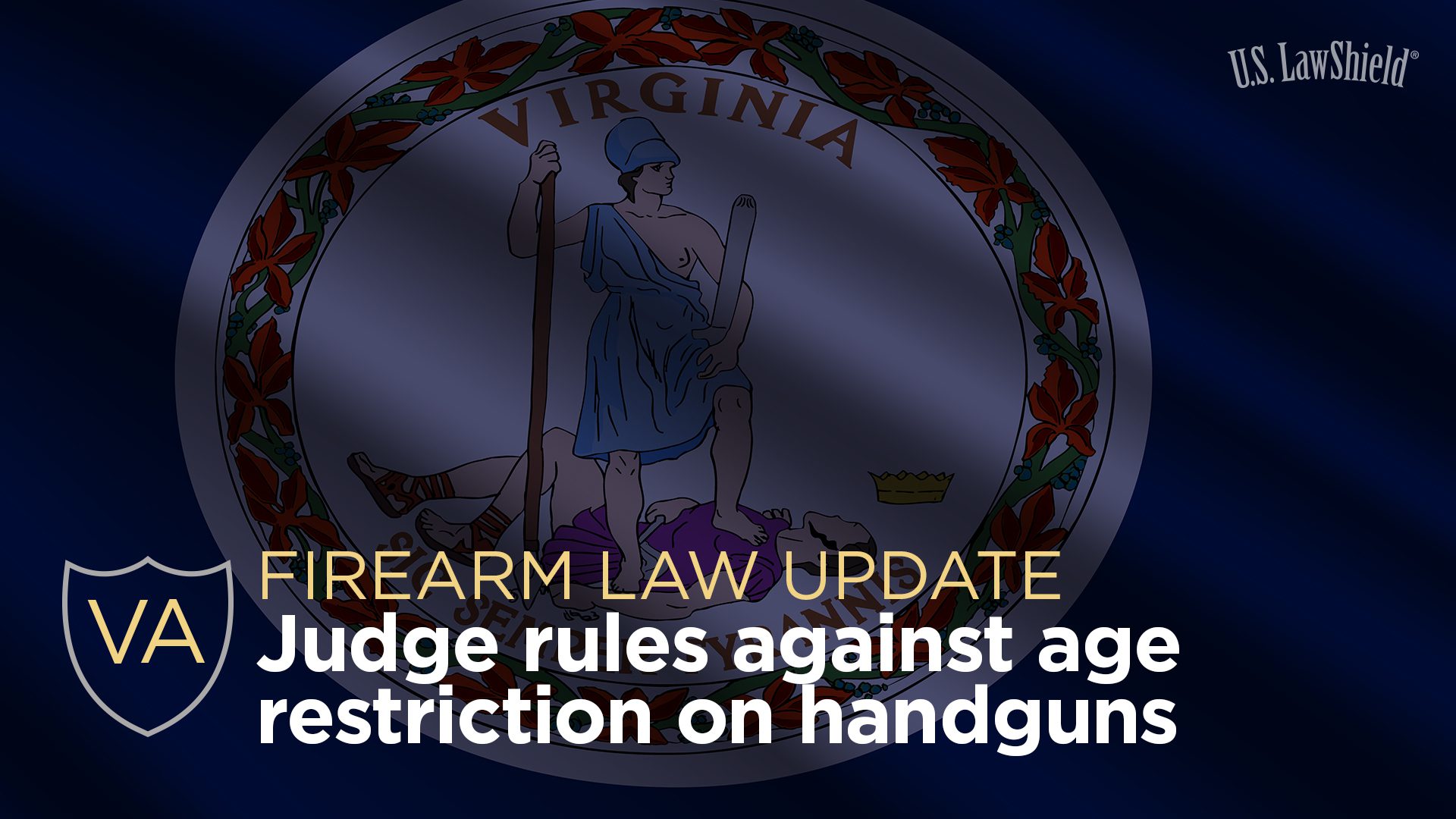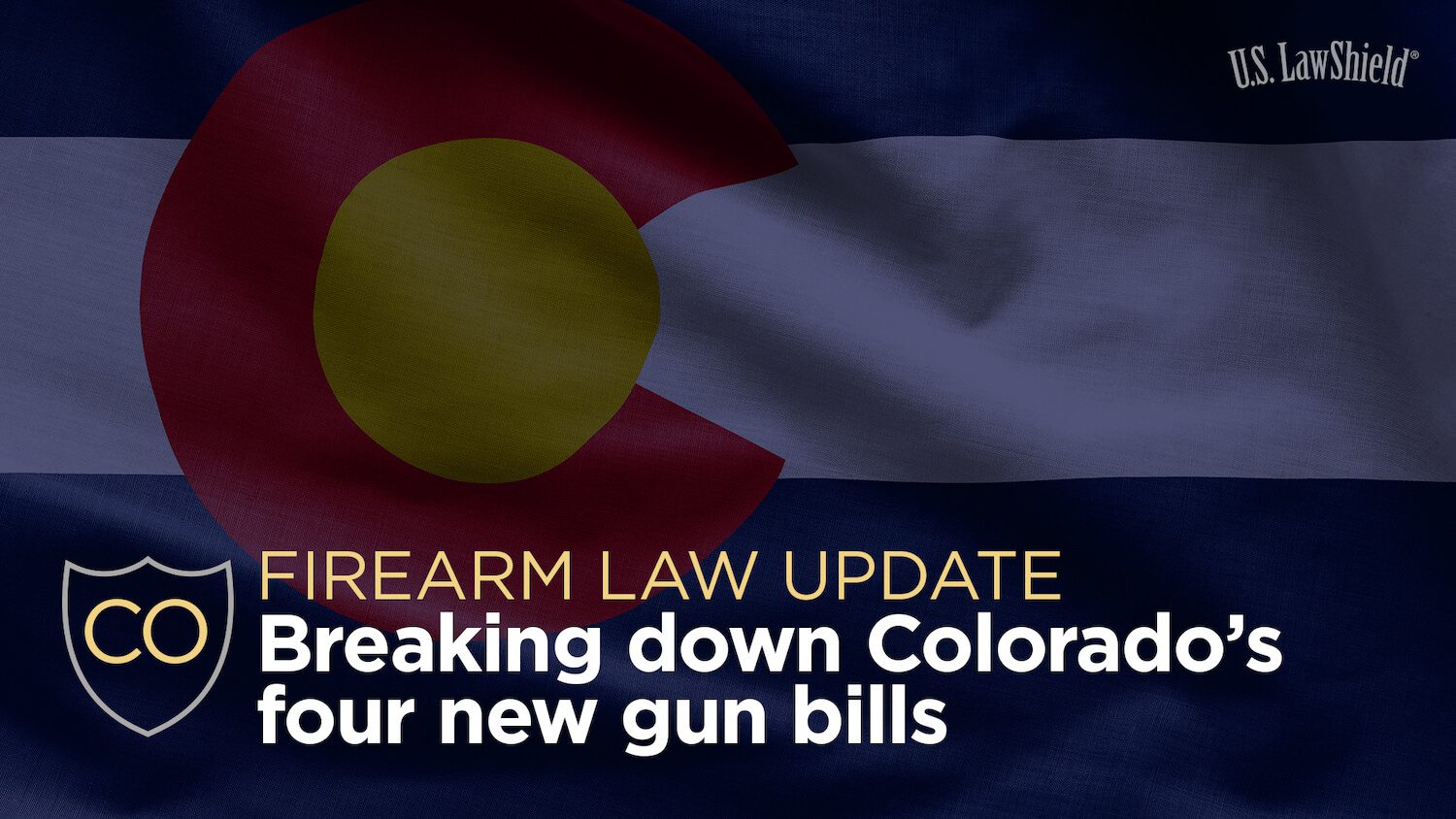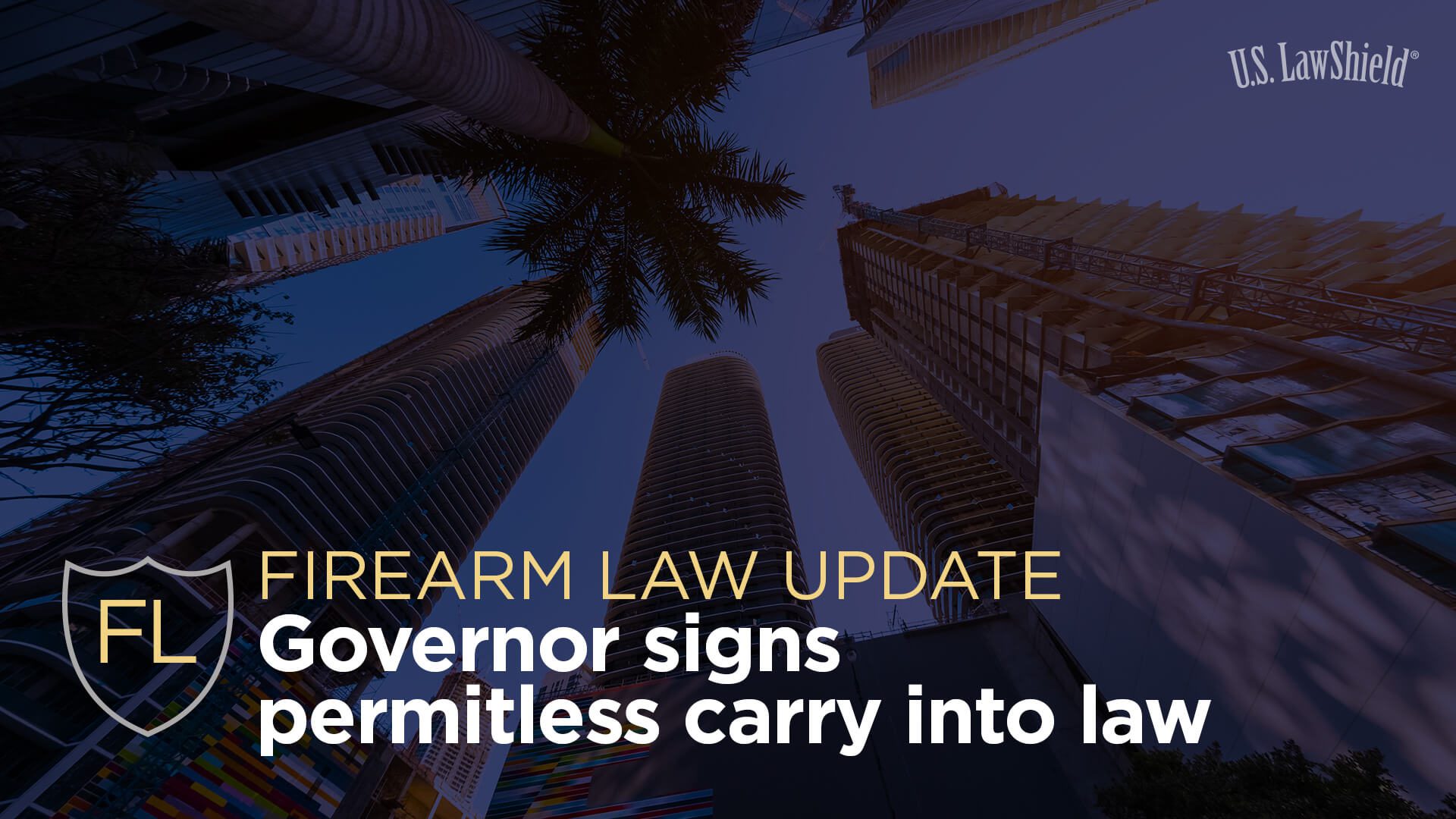
Each September, we are reminded how incredibly important it is for individuals, families, and communities to be prepared for natural disasters and emergencies. But what is National Preparedness Month? First recognized in 2004, this is the largest public service campaign sponsored by the Federal Emergency Management Agency (FEMA) and attempts to honor those who lost their lives during the attacks on 9/11 by promoting better personal preparedness and educating the public on how to survive hazards of all types—natural and terroristic.
Disasters & Emergencies
Unfortunately, the United States is extremely prone to natural disasters. And with such a diverse geography, you run the risk of experiencing some sort of emergency no matter where in America you live. The most common ones include tornadoes, wildfires, earthquakes, blizzards or snowstorms, and hurricanes. In fact, the second reason National Preparedness Month is in September is because it’s the peak of hurricane season—a season that people are often underprepared for, but one that tends to devastate so many every year. However, natural disasters aren’t the only hazards you need to worry about these days…
Another type of emergency you need to have a plan for is a “mass attack.” This includes tragic events like terrorist attacks and armed active killer situations. While basic emergency plans can be adapted to prepare you for almost any natural disaster, mass attacks like an armed killer incident require a different type of planning and understanding to ensure your survival.
Emergency Management Done Right
Regardless of the nature of the disaster or emergency, they all can have devastating effects if you don’t plan ahead and prepare for them. But it would be a waste of resources to prepare for every possible disaster (for example, if you live in Nevada, you probably don’t need a hurricane preparedness kit). So, how do you know which ones you should make a plan for? And how do you know when you’ll need to use your plan?
Luckily, we live in an age where technology makes emergency management incredibly easy, and it only gets easier with each passing day. Organizations like the American Red Cross, the National Weather Service, the Centers for Disease Control and Prevention (CDC), and practically every national and local news outlet all have mobile apps or online alert systems set up to monitor and track various emergencies (even mass attacks). With this technology, you can follow developing natural disasters, stay updated on potential or current emergencies, and be prepared when disaster strikes.
How Do Responsibly Armed Americans Prepare for National Preparedness Month?
Step 1: Make a Plan
Arguably the most critical step in preparing for the worst, making a comprehensive emergency plan will help alleviate so many potential stresses when it comes time to act. While every household has unique needs, here are some key questions every basic disaster plan should answer:
- Do I have an emergency alert system in place? Are there any recent changes? (This can be done with any of the apps previously mentioned!)
- Am I prepared to shelter in place? Do I have alternative shelter picked out?
- If I need to leave, what is my evacuation route? WHEN do I evacuate?
- Gun owners: Do I know the local gun laws of where I’m evacuating to?
- What is my household communication plan? What roles/tasks will everyone be responsible for?
- Is my disaster/emergency preparedness kit updated and ready?
- Have I included my pets in my plans? Do I have their emergency kit prepared? (The answer here should always be “yes.” There is NEVER any reason to leave them behind.)
One of the most stressful parts about emergencies is evacuating. If you know your evacuation routes ahead of time, know when you need to leave, and have predetermined locations chosen, you’ll not only be able to evacuate quickly, but also save yourself a ton of frustration when it comes time to actually leave home. But proper evacuation planning involves more than just knowing where to go. For example, if you plan on taking your guns with you, you need to make sure 1) you’re prepared to travel safely with them, and 2) you know the local gun laws of the area you’re traveling to. This might not sound like a big deal if you live somewhere like Texas and you’re just headed a few hours out of town. But if you live in a “normal” size state, evacuating likely means traveling out of the state completely. And it’s your duty as a responsible gun owner to remain law-abiding everywhere. Don’t worry, though—U.S. LawShield® can help you out with this, too; the authoritative Travel Guide for Gun Owners will help ensure your travels are safe. And if you want to be fully prepared for the worst while traveling, check out why you should consider adding Multi-State Protection to your evacuation plan.
Once you have your emergency and/or disaster plan figured out, you need to write it down. This really does help solidify it, and sharing a “hard” copy of your plan with your family or loved ones ensures everyone is on the same page and understands their role during a crisis. The Ready Campaign offers a great template that makes creating and sharing your own disaster plan super easy.
Remember: anything that isn’t absolutely impossible could happen. So, make sure you plan for it.
Step 2: Build a Kit
You should always be prepared with a proper “go” bag containing the right tools and supplies to help you “get up and go” when disaster strikes, because you never know exactly how devastating an emergency or natural disaster might be. Besides, it’s better to have it and not need it than the other way around, right? This is why it’s important to regularly check your emergency kits and make sure they’re well-stocked and updated to match your needs, so you can evacuate quickly when the time comes and be prepared to survive the worst. While National Preparedness Month is a great time for an annual review of your supplies, you should be doing this at least once a season. Wondering what to put in your “go” bag? Here’s a detailed list of emergency supplies that should be included in all basic kits.
Build a Gun Preparedness Kit
Your disaster kit is another place to make sure your specific household needs are met (again, do not forget your pets). If your plan includes your guns/weapons—and it should—make sure to prepare an emergency gun kit as well. You should have ammo put away specifically for emergencies, especially since ammo can be difficult to come by during times of uncertainty and widespread panic. Extra mags, trigger pins, and lube are also good supplies to stock in your gun kit. It may seem “paranoid,” but better safe than sorry—and better prepared than dead. You’ll also want to include copies of important personal documents like your carry permit or license in your emergency kit, in addition to in your wallet.
And lastly, you want to plan for unique injuries with your first aid kit. Obviously, an emergency like a terrorist attack would more than likely result in great bodily harm. But even natural disasters can cause traumatic injuries! A great option to prepare for these types of wounds is with a first aid kit like the Gunshot Wound First Aid Kit, which includes the proper tools and equipment to effectively treat major injuries.
No matter what you choose to include in your “go” bag or your disaster kit, simply having one in the first place puts you a step ahead of the problem. Make sure to keep it stocked and somewhere you can easily access, like the hallway closet or the trunk of your car. Because what good will it do if you can’t get to it in time?
Step 3: Practice
You have a plan, and your emergency preparedness kit is ready. Now what? Practice! As silly as it might sound (or even feel), practicing for different emergencies helps ensure you don’t make critical mistakes when it’s time to execute your plan. It will also help you identify any weaknesses or areas for improvement so you can fix them before they become a problem later on.
The goal of your emergency practice drill is to be as fast as possible. Whether your plan is to evacuate or shelter in place, you need to do so quickly and efficiently. Practice is especially important if your plan includes your firearms or other weapons because any safe storage and travel laws will still need to be followed, and you want to be quick while still remaining law-abiding.
Some other helpful tips to make your emergency practice drills effective are:
- Switch roles/tasks with other household members so everyone clearly understands the plan.
- Have children? Get them involved and let them pick their role. (Never too early to cultivate a prepared mindset!)
- Gun owners: Practice with your firearms. Learn which guns are best for you to carry on your person, and get comfortable with your travel cases and/or locks.
- Practice for local changes/updates, like road closures or bad weather.
- Include your pets in your drills so they’re less likely to panic in an actual emergency.
Prepare to Protect
Every year, FEMA uses the Ready Campaign, a public outreach program, to highlight why preparing monthly for disasters is so crucial and to bring awareness to the simple (and easy) ways you can ensure your survival in an emergency. What’s the theme for National Preparedness Month 2021? “Prepare to Protect.” By creating a proper emergency plan and taking your preparations seriously, you’re able to protect not only yourself, but also your family and loved ones.
Naturally, U.S. LawShield supports any efforts to promote personal safety and responsibility. So, of course we’re huge fans of this year’s theme! Preparing for the worst protects your family in so many different ways; obviously, it protects them physically, but it can also protect their future, their freedom, and even their finances.
All U.S. LawShield members have access to an Independent Program Attorney who can answer any questions about their 2A rights during a natural disaster or emergency. If you have a specific question about what to do with your firearms or other legal weapons during an emergency in your area, please give us a call. Remember, the most important thing you can do to protect others is to protect yourself. And this starts with planning and preparing.
We’re dedicated to helping every single member prepare for the worst, and we’re committed to making sure they remain law-abiding and responsible while doing so. If you’re not yet part of the U.S. LawShield family, discover how you can prepare to protect with Legal Defense for Self Defense coverage today.
The information provided in this publication is intended to provide general information to individuals and is not legal advice. The information included in this publication may not be quoted or referred to in any other publication without the prior written consent of U.S. LawShield, to be given or withheld at our discretion. The information is not a substitute for, and does not replace the advice or representation of a licensed attorney. We strive to ensure the information included in this publication is accurate and current, however, no claim is made to the accuracy of the information and we are not responsible for any consequences that may result from the use of information in this publication. The use of this publication does not create an attorney-client relationship between U.S. LawShield, any independent program attorney, and any individual.




Leave A Comment